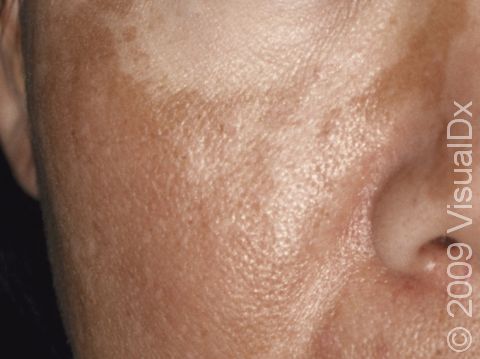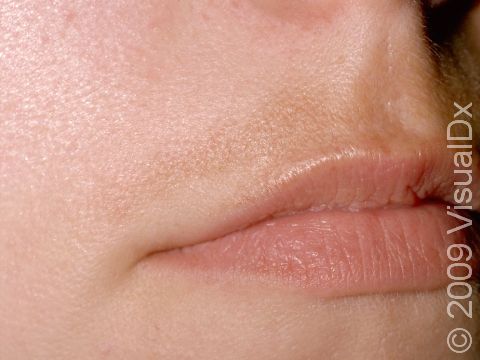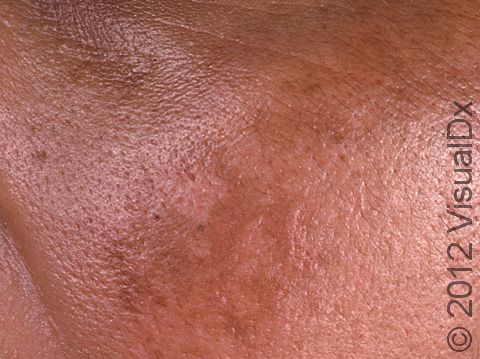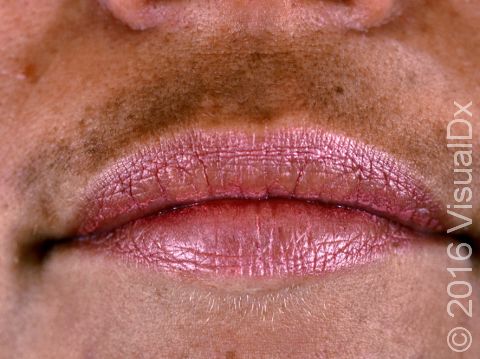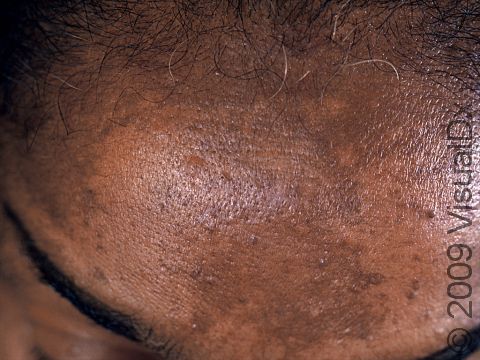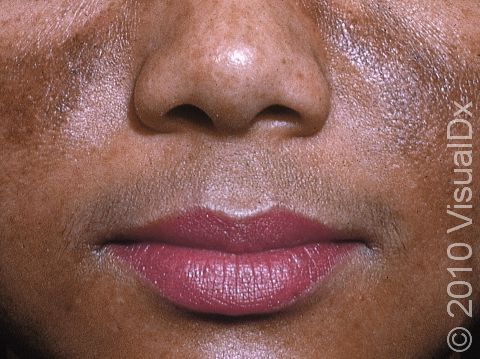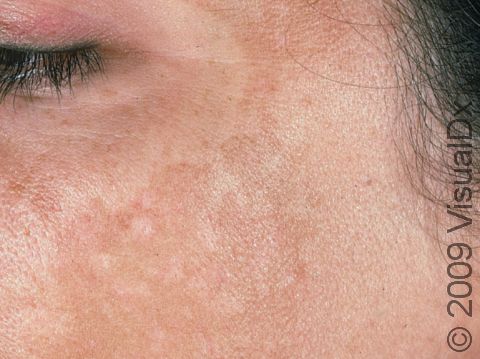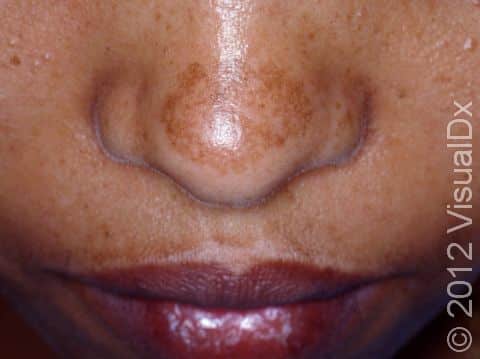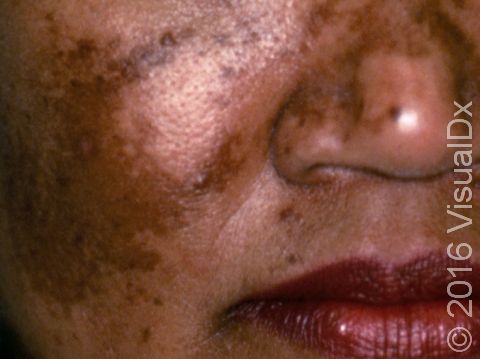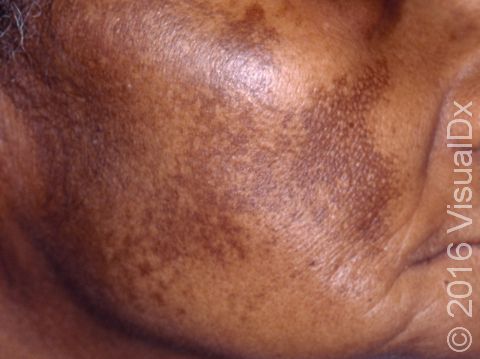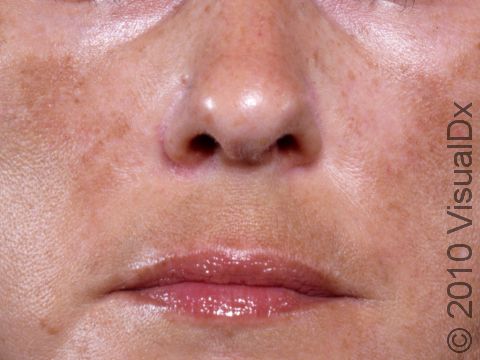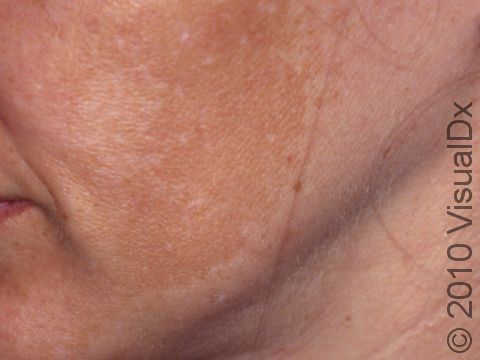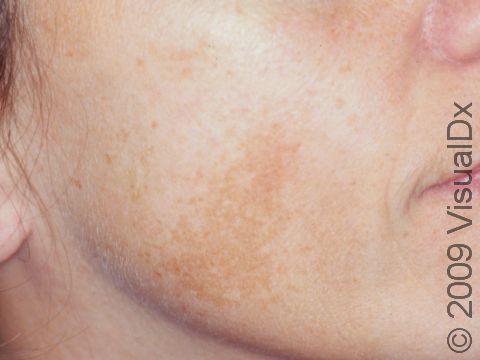Melasma
Melasma is a common disorder of unknown cause that causes dark (hyperpigmented) patches, primarily on the face. The condition is marked by brown patches that worsen in response to increases of the hormone estrogen, such as during pregnancy or with the use of birth control pills. Other medications, such as anti-seizure medications, may also cause melasma. Increased sun exposure can also be a cause.
Who's At Risk?
- Although the condition is more common in women, men can also have melasma.
- People with darker skin are generally more likely to have it.
- Family history increases likelihood of developing melasma.
Signs & Symptoms
The dark patches of melasma most commonly affect the face, particularly the sides (lateral portions) of the cheeks and sometimes the skin above the lips.
Self-Care Guidelines
- Protect your skin from sun exposure to prevent worsening, and use a combined UVB+UVA sunscreen.
- Use sunscreen year-round, since the skin is very sensitive to even small amounts of ultraviolet (UV) light.
- With your doctor’s permission, stop using medications that may be causing your melasma.
Treatments
- Use bleaching agents (hydroquinone 4%) carefully. Do not apply these agents to the normally pigmented surrounding skin, as normal skin may also be bleached. Use hydroquinone under the supervision of a physician, as side effects, such as darkening of the skin, may occur.
- Hydroquinone is often irritating and may require the use of 1% hydrocortisone cream, which may also help with the hyperpigmentation. Combination therapy with tretinoin cream may also be helpful.
- Superficial chemical peels (application of an acid to remove the top layers of the skin) and microdermabrasion (a facial sanding technique) may offer additional help.
- A topical agent, azelaic acid, may be helpful.
- Laser therapy has not yet been shown to be satisfactory treatment. Melasma may return and hyperpigmentation may develop in the treated area.
Visit Urgency
Melasma is a benign condition that does not require treatment, but if it becomes bothersome, see your doctor.
Trusted Links
References
Bolognia, Jean L., ed. Dermatology, pp.975-976. New York: Mosby, 2003.
Freedberg, Irwin M., ed. Fitzpatrick’s Dermatology in General Medicine. 6th ed. pp.868-869, 1316, 2507. New York: McGraw-Hill, 2003.
Last modified on October 10th, 2022 at 4:41 pm

Not sure what to look for?
Try our new Rash and Skin Condition Finder
